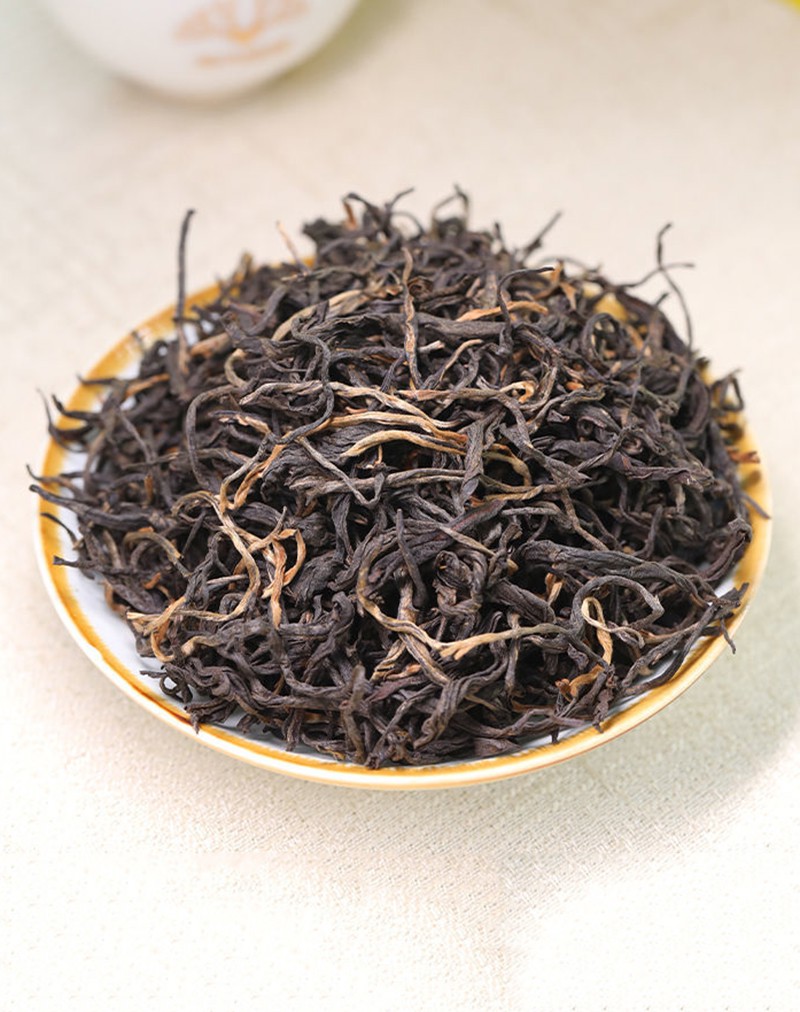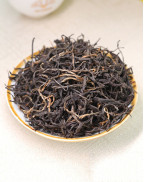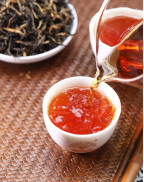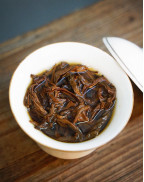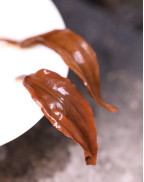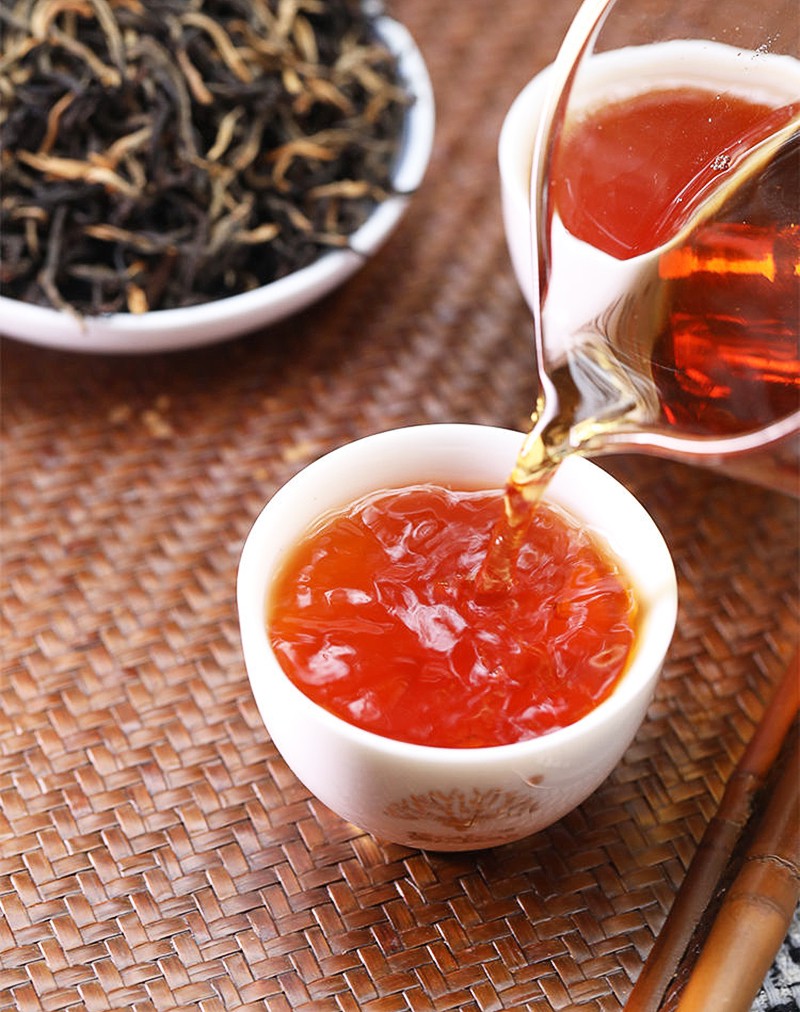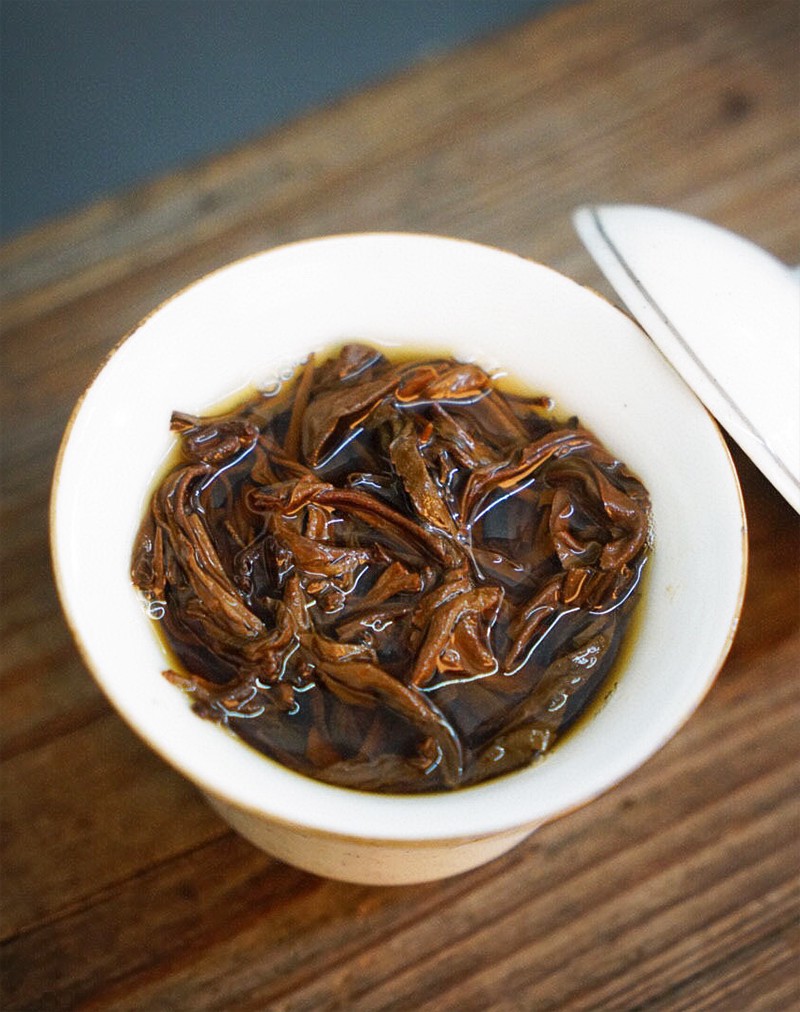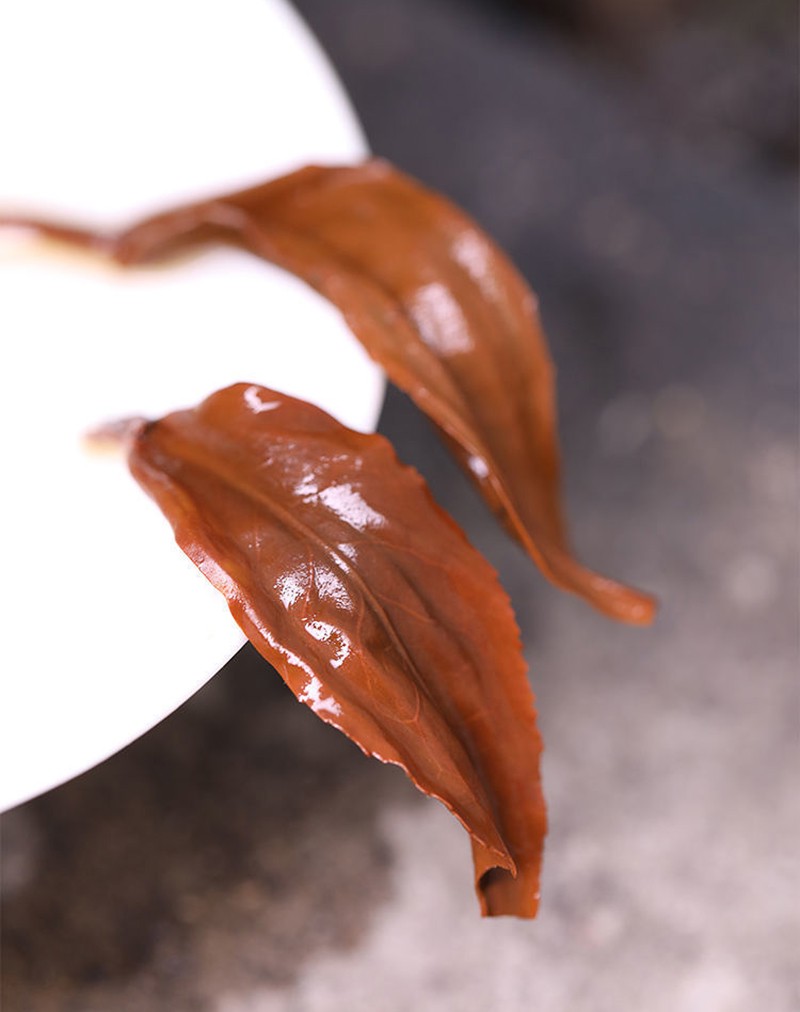Yingde Black Tea
- Product Code: simple
- Availability: In Stock
Basic Info
Name: Yingde Black Tea
Other Names: Yingde No. 9 Black Tea / Yinghong NO.9
Category: Guangdong Black Tea
Origin: Yingde City, Guangdong Province
Tea Bush: Yingde large-leaf assamica plants / Ying Hong #9 cultivar
Taste & Aroma: Honey-floral aroma, chocolate and caramel, sweet and smooth, lasting after-aroma
Liquor: Red and bright
Dry Leaf: Tightly rolled and thin, dark, twisted, with a glossy black color and covered with golden tips
Harvest Date: March 2nd, 2024
Altitude: 800M above sea level
Fermentation: 80-90%
Age of Tea Trees: 50 years
Item Form: Loose leaves
Ingredients: 100% hand-picked natural tea buds and leaves
Shelf Life: 24 months at room temperature
Storage: Stored in cool, airtight, opaque containers
Flavor: Unflavored
Yingde Black Tea
Yingde black tea, also known as Yingde hong tea, is a type of black tea that originates from Yingde, a city located in the northeastern part of Guangdong province, China. It is well-known for its high quality and strong flavor.Yingde black tea is produced using the leaves from the Camellia sinensis plant, which are carefully picked and undergo a series of processes.
In recent years, Yingde black tea has gained popularity both domestically and internationally. It has won numerous awards and is often chosen as a gift or souvenir due to its reputation as a premium tea. Whether enjoyed plain or with milk and sugar, Yingde black tea offers a satisfying and invigorating tea experience.
Yingde Black Tea is a specialty of Yingde City in Guangdong Province, recognized as a Chinese national geographical indication product. This tea was successfully developed in 1959 by tea experts using Yunnan large-leaf tea. Known for its symmetrical and beautiful appearance, deep black and lustrous color, vibrant red and bright infusion, as well as rich and pure fragrance, Yingde Black Tea, along with Yunnan Dianhong and Anhui Qihong, is hailed as one of China's three major black teas.
Brief introduction
Among them, Yinghong No. 9 is the top product among Yingde Black Teas, cultivated through the selection of multiple high-aroma tea tree varieties introduced by the Tea Research Institute of Guangdong Academy of Agricultural Sciences. The red tea made from its fresh leaves exhibits excellent quality, with a smooth and sweet taste and a lingering aroma. Therefore, it is considered by the tea industry as one of the best black tea varieties in China and even the world.
The outstanding quality of Yingde Black Tea is mainly attributed to the use of Yunnan large-leaf tea, suitable for black tea production, combined with the successful promotion of high-aroma and high-quality large-leaf black tea varieties like Fenghuang Shuixian. This gradual realization of quality cultivation has laid a solid foundation for the rich aroma and robust taste of Yingde Black Tea.
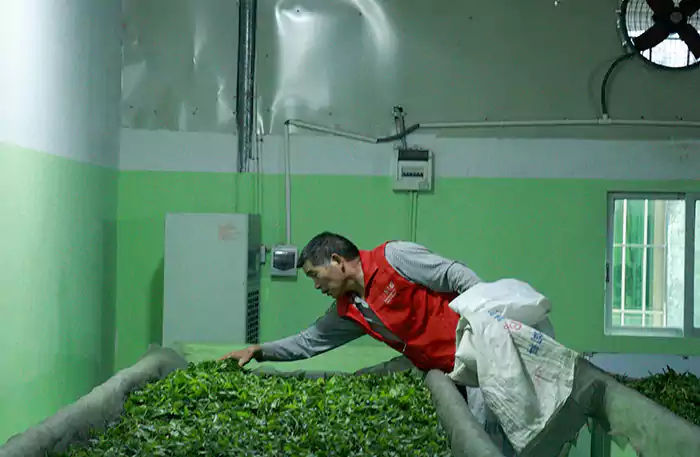
A Worker Is Preparing Fresh Leaves Of Yingde Black Tea
Show Full Description
History
Guangdong has a long history of tea production, with a complete range of six major tea categories, distinctive regional characteristics, and a deep-rooted tea culture. It is also the largest tea consumption market and distribution hub in the country.
Yingde, as an ancient tea-producing region, has a long history of tea production dating back to the Tang Dynasty, with records tracing it over 1200 years. The "Tea Classic" written by Lu Yu in the Tang Dynasty mentions Yingde as one of the main tea-growing areas in Shaoshan, making it the first tea monograph in China. Research from the Chinese Academy of Tea Science also confirms that tea production in Yingde dates back to the Tang Dynasty, making it one of the three tea-producing counties in Shaoshan (Yingde, Qujiang, Renhua). These records indicate the extensive history of tea production in Yingde.
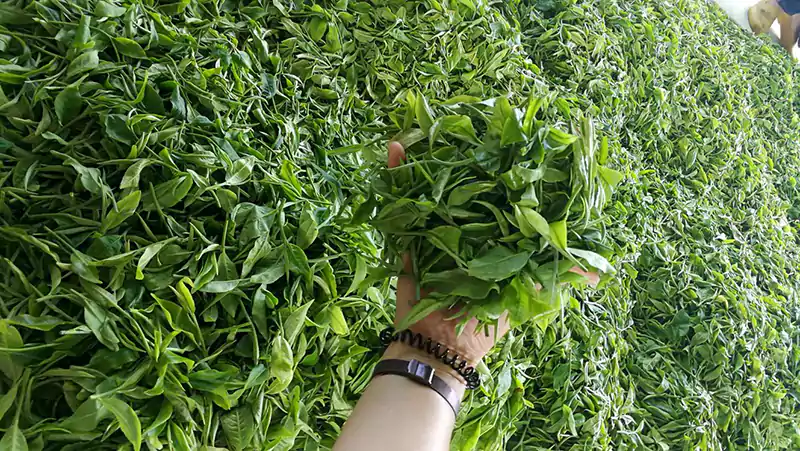
Young Leaves Used For Making Yingde Black Tea
By the Ming Dynasty, Yingde's local tea had become a tribute to the imperial court. During the Qing Dynasty, tea production in Yingde further spread to the general populace, and in the mid-19th century, international trade prosperity brought attention to Yingde tea. It wasn't until 1959 that "Yingde Black Tea" was successfully developed. Renowned for its glossy appearance, bright red infusion, mellow and sweet taste, and rich and pure aroma, Yingde Black Tea received widespread acclaim both domestically and internationally.
Production
The production process of Yingde Black Tea integrates traditional Chinese black tea production techniques with Western craftsmanship. The process is divided into two main stages: initial processing and refined processing. The initial processing stage includes withering, rolling, fermentation, and drying, with each step requiring strict control of moisture, temperature, and humidity standards. The refined processing stage encompasses sixteen steps, including initial shaking, sieving, bagging, fluffing, wind selection, shaking sieve, hand picking, supplementing fire, blending, and packaging.
Growing environment
Yingde City is located in the northwest of Guangdong Province, in the middle reaches of the Bei River. It is situated on the southern edge of the Wuling Mountains, belonging to the mountainous and hilly zone of the Nanling Mountains. It borders Ruyuan Yao Autonomous County and Qujiang County to the north; Wengyuan County and Xinfeng County to the east; and intersects with Fogang and Qingxin to the south and southwest, while sharing a border with Yangshan to the northwest. The city has a width of about 118 kilometers from east to west, a length of about 112 kilometers from north to south, and a total area of 5671 square kilometers, making it the largest county-level administrative region in terms of land area in Guangdong Province. The terrain is classified into four types: Zhongshan area (above 1000 meters above sea level), low mountain area (500-1000 meters above sea level), hilly area (around 500 meters above sea level), and plateaus and plains.
Climatically, Yingde City has a transitional feature from the northern high to the southern low, belonging to the transition zone from South Asian tropical to subtropical. The bioclimate exhibits transitional characteristics and belongs to the South Asian monsoon climate. The region is warm and rainy, with no severe cold or extreme heat. The average annual temperature is 20.7°C, with July being the hottest month at an average temperature of 28.8°C, and January being the coldest month with an average temperature of 10.7°C. The average annual precipitation is 1876.8 millimeters, with an average of 162 rainy days and a relative humidity of 79%. The frost-free period lasts for 316.7 days per year.
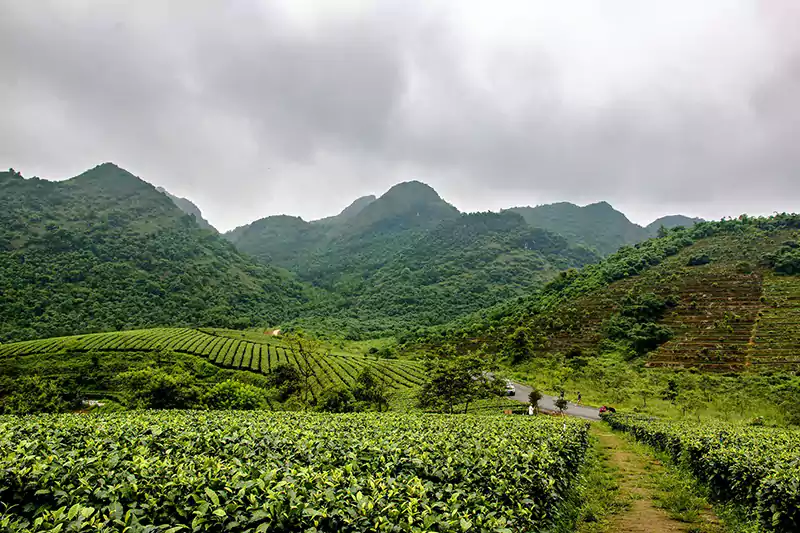
An Yingde Tea Garden Surrounded By Mountains
The soil conditions in Yingde City are relatively favorable. The gentle slopes and plateaus between hills and hills are mainly composed of red and yellow soil. This soil is thick, fertile, and naturally has good fertility. The organic matter and nitrogen content in the soil are above average. Most of the soil is acidic, with a pH value ranging from 4 to 5.5. This type of soil is very suitable for the growth of tea trees, and the suitable slope area for tea tree planting exceeds 200,000 mu.
Characteristics
The external characteristics of Yingde Black Tea include tightly compacted and heavy particles, an oily and lustrous appearance, visible golden tips, and a delicate and uniform state. The aroma is fresh, pure, and rich, with a distinct floral fragrance. The taste is thick, sweet, and mellow, with a bright and vibrant red color and a noticeable golden ring. The leaves are soft, red, and shiny. When milk is added, the tea liquor becomes a beautiful reddish-brown color with a rich and refreshing taste. Overall, Yingde Black Tea boasts a rich aroma, sweet taste, and a complete combination of color, fragrance, and flavor, presenting a unique style distinct from Dianhong and Qihong.
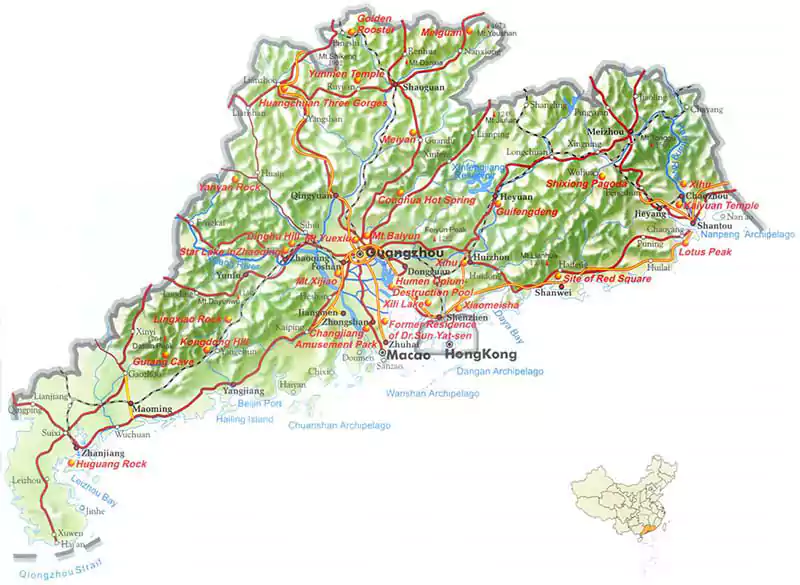
Guangdong Province
| Chinese Gongfu Method | |
| Tea | 3g |
| Water | Gaiwan 3oz / 90ml |
| Time | 9 infusions : 5s,5s,10s,20s,30s,35s, 35s,60s,65s |
| Temperature | 85 - 95°c |
| Teapot Method | |
| Tea | 5g |
| Water | Teapot (8oz / 240ml) |
| Time | 1- 3mins |
| Temperature | 85 - 95°c |


